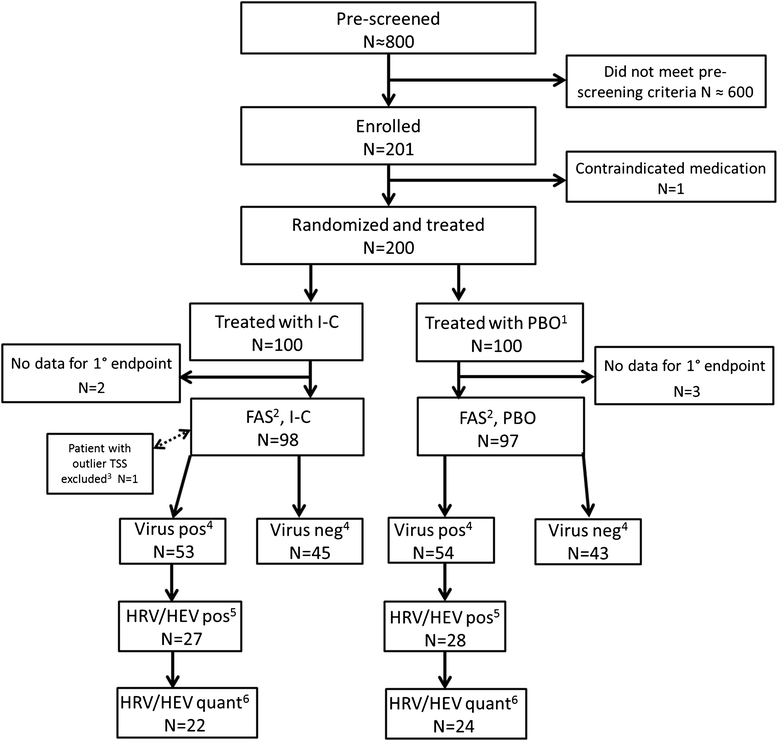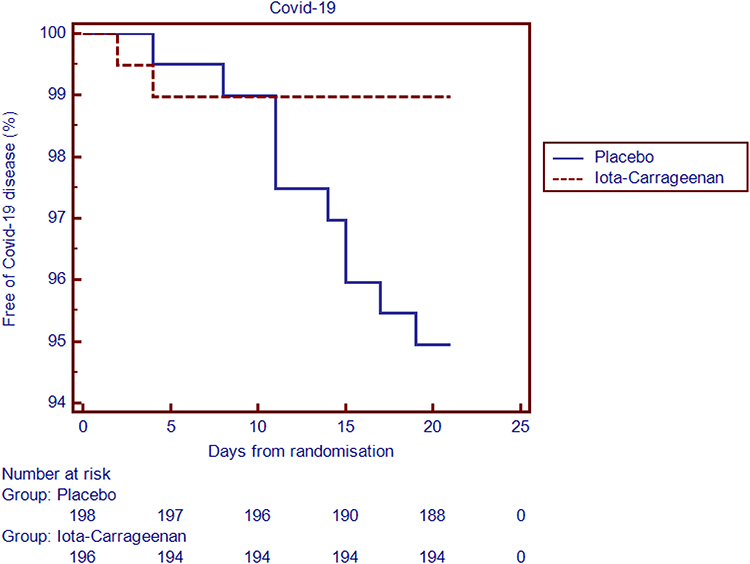

The safety and toxicity profile of carrageenan is well studied, and although very early studies did not differentiate between different carrageenan subtypes more recent studies have shown that iota-, lambda- and kappa-carrageenan can produce different biological and toxicological effects. The primary differences, influencing the rheological properties of these carrageenan types, are the number and position of ester sulphate groups as well as the content of 3,6-anhydro-D-galactose units, the extent of branching, solubility and cation binding.

Carrageenan is classified into various subtypes the three main copolymers are iota-, kappa- and lambda-carrageenan. Carrageenans, which are the most abundant polysaccharides in marine plants, are sulphated polygalactans with a molecular weight well above 100 kDa. This does not alter the authors' adherence to PLOS ONE policies on sharing data and materials.Ĭarrageenan is a generic name for a family of gel-forming and viscosifying polysaccharides, which are obtained by extraction from certain species of red seaweeds of the class Rhodophyceae. Author ABS is employed by ThioMatriX, a contract research organization that performed one of the published studies (in vitro permeation study). Authors AH and MC are employed by MC Toxicology Consulting GmbH being non-clinical consultants to Marinomed. CK, JMS and AB are employed by Marinomed Biotechnologie GmbH. AG and EPG are inventors of a patent (#WO2009027057 “Antiviral composition comprising a sulfated polysaccharide”) held by Marinomed Biotechnologie GmbH that relates to the content of the manuscript. The funders had no role in study design, data collection and analysis, decision to publish, or preparation of the manuscript.Ĭompeting interests: Authors AG and EPG are co-founders of Marinomed Biotechnologie GmbH. ThioMatrix's work was financed by Marinomed Biotechnologie GmbH. ThioMatriX (ABS), as contract research organization to Marinomed Biotechnologie GmbH, had a role in study design, data collection and analysis and decision to publish. MC Toxicology Consulting's work was financed by Marinomed Biotechnologie GmbH. MC Toxicology Consulting GmbH (MC, AH), as non-clinical consultant to Marinomed Biotechnologie GmbH, had a role in study design, data collection and analysis, decision to publish and preparation of the manuscript. Marinomed Biotechnologie GmbH (AG, EPG, AB, CK, JMS) had a role in study design, data collection and analysis, decision to publish, preparation of the manuscript and is financing the processing charge of the manuscript. This is an open access article distributed under the terms of the Creative Commons Attribution License, which permits unrestricted use, distribution, and reproduction in any medium, provided the original author and source are creditedĭata Availability: All relevant data are within the paper.įunding: This work was supported by Marinomed Biotechnologie GmbH. Received: SeptemAccepted: FebruPublished: April 13, 2015Ĭopyright: © 2015 Hebar et al. Stewart, University of Liverpool, UNITED KINGDOM (2015) Non-Clinical Safety Evaluation of Intranasal Iota-Carrageenan.

In conclusion, 0.12% iota-carrageenan is safe for clinical use via intranasal application.Ĭitation: Hebar A, Koller C, Seifert J-M, Chabicovsky M, Bodenteich A, Bernkop-Schnürch A, et al. This is substantiated by in vitro assays showing no stimulation of a panel of pro-inflammatory cytokines by iota-carrageenan. No signs for immunogenicity or immunotoxicity have been observed in the in vivo studies. Data do not provide any evidence for local intolerance or toxicity, when carrageenan is applied intranasally or by inhalation. Consistent with this, no relevant toxic or secondary pharmacological effects due to systemic exposure were observed in the rabbit or rat repeated dose toxicity studies. Permeation studies revealed no penetration of iota-carrageenan across nasal mucosa, demonstrating that iota-carrageenan does not reach the blood stream. Animal experiments included repeated dose local tolerance and toxicity studies with intranasally applied 0.12% iota-carrageenan for 7 or 28 days in New Zealand White rabbits and nebulized 0.12% iota-carrageenan administered to F344 rats for 7 days. Intranasally applied iota-carrageenan is a topically applied, locally acting compound with no need of systemic bioavailability for the drug’s action. The current publication describes the non-clinical safety and toxicity of native (non-degraded) iota-carrageenan when applied intranasally or via inhalation. Less data are available for other routes of administration, especially intranasal administration. Carrageenan has been widely used as food additive for decades and therefore, an extended oral data set is available in the public domain.


 0 kommentar(er)
0 kommentar(er)
